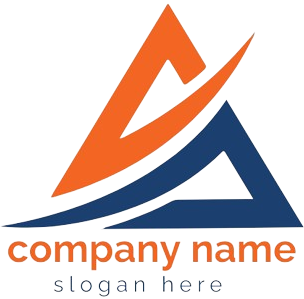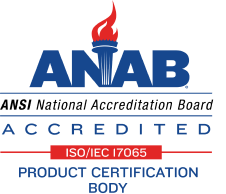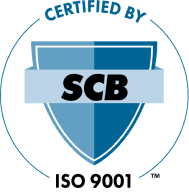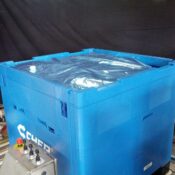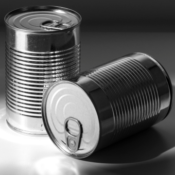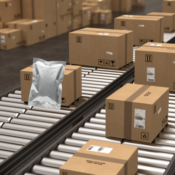Aseptic Product
Aseptic Product
There are several ways to make your liquid product sterile.
Heat Treatment
Tubular heat exchangers
Typically for liquids with particulates or very viscous products. Liquids such as crushed pineapple, crushed tomato, strawberry pieces (in liquid), fruit pastes and puree.
Plate Heat exchangers
Typical products include juices, skim milk. These heat exchangers are very effective at heat transfer and can provide remarkable re generation which means that the cold product coming into the heat exchanger is heated by the hot product leaving the hold tube after it has sterilised the product. This type of system is very energy efficient but it means that you cannot hot fill because the product leaving the heat exchanger is too cold. In this case you must have an aseptic filling machine.
Direct steam injection & infusion
Typical products include milk concentrate, baby food, custards, milk, cream, and ice cream mix.
The inject method injects the steam directly into a continuous flow to heat the liquid or for infusion the product is introduced into a steamed vessel heating the product. After the hold tube where the product is sterilised the water is removed by evaporation.
Filtration
This method is surprisingly often used in the pharmaceutical industry. Filtration will commonly filter to 0.2 micron. Some viruses are smaller than this and can pass through this form of sterilisation. For good or for bad this industry is slow to change. The method is used to sterilise media which is a rich nutritional base for growing viruses to make vaccines.
Ultra High Pressure
This is a non continuous process. It will sterilise a small sealed bag (20 litres typically). It uses mechanical means to compress the liquid until sterile. Particularly effective on products such as avocado which cannot be heat treated.
Ozonation
This is typically used to treat water. It is introduced prior to filling and after a period of time dissipates but as O3. It effectively sterilises the water.
Sugar Content
If the sugar content is high enough, the product will be shelf stable. Condensed milk, soft drink syrups are examples of this. The sugar content protects the product however it has been found that condensed milk still needs a very sterile filling method to provide stability.
Acid Content
Adding citric acid can reduce the pH (lower than 4.6) of the product increasing is shelf life by creating an environment restricting the types of bacterium in their ability to multiply in these conditions.
UV sterilisation
This method is useful only in transparent liquids.
Refer to the following links for liquid processing companies.
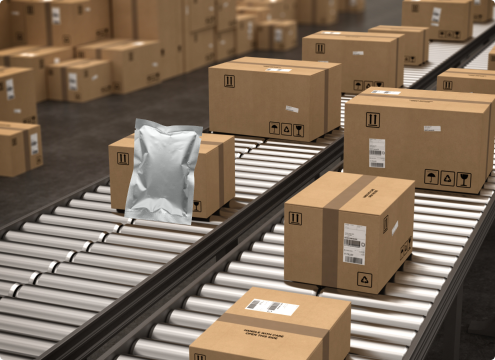
Recent Posts
Liquids Packaging
Aseptic Processing
Aseptic Product
GET IN TOUCH
Have questions or need assistance? We're here to help!
